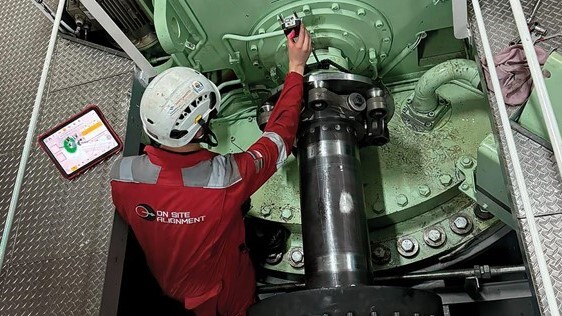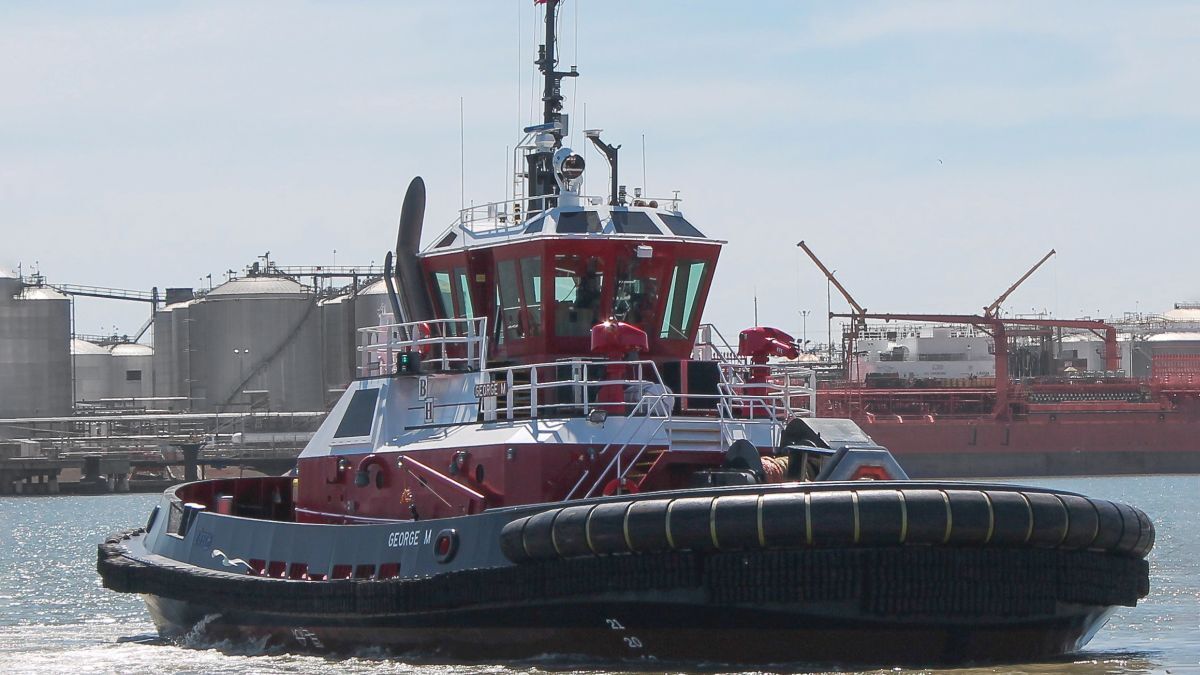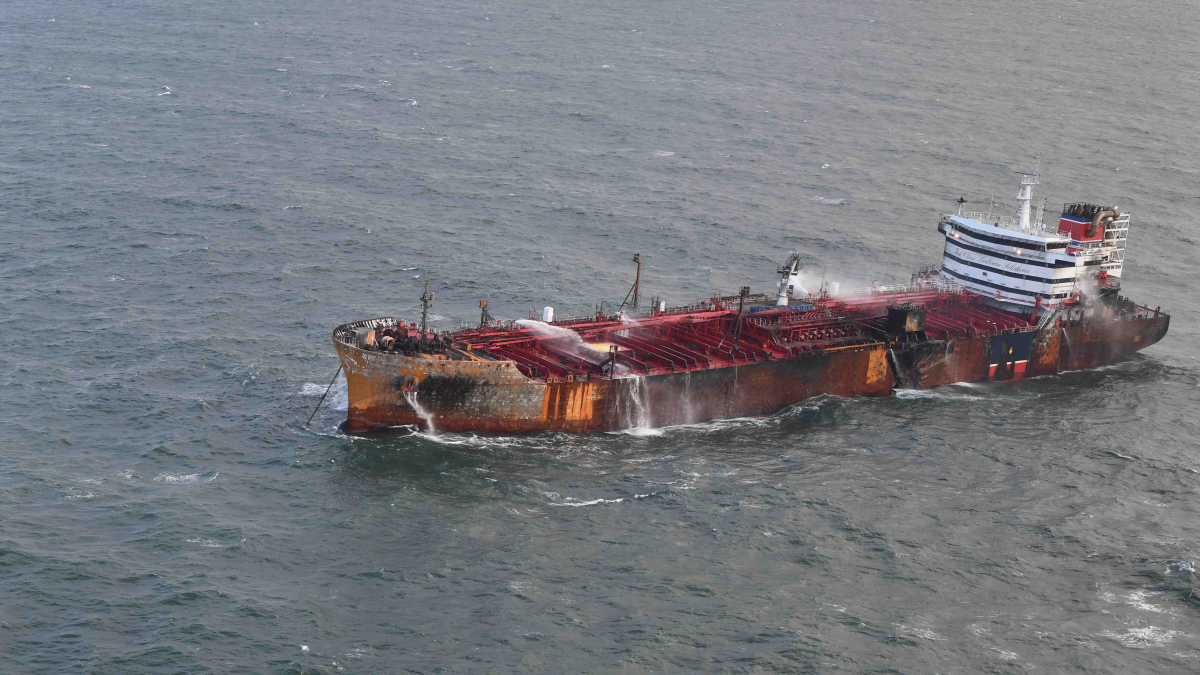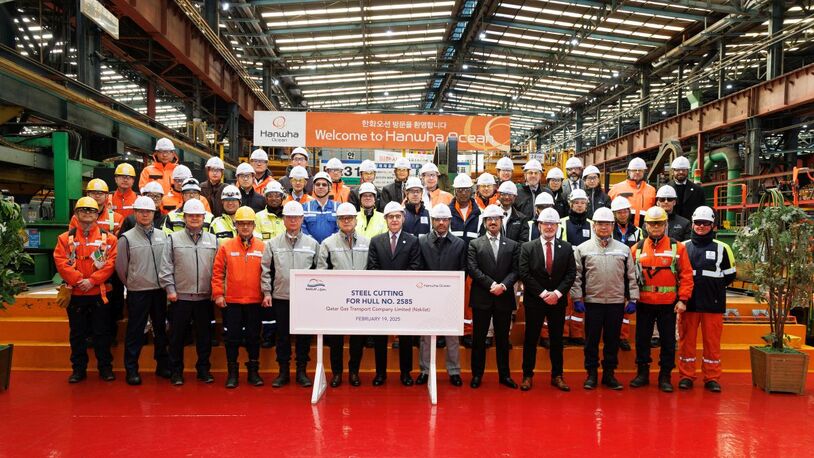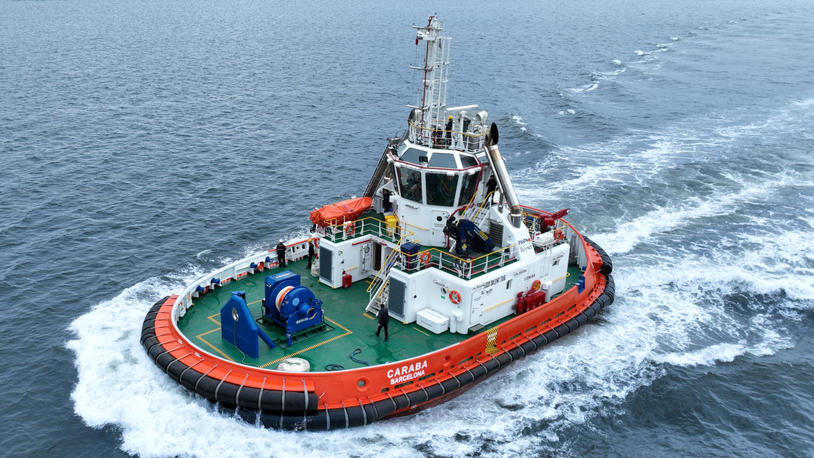Business Sectors
Events
Contents
Register to read more articles.
Excessive speed leads to tugboat accidents
Owners are urged to reduce speed during bow-to-bow operations during ship towage
Two tugboat incidents on the US Gulf Coast in 2022, resulting in a combined US$2.2M of damage to tugs, were the result of extreme speed for specialised towage operations, according to accident reports.
The US National Transportation Safety Board (NTSB) investigated the grounding of Edison Chouest Offshore affiliate CC Tugs’ 2018-built CC Portland in the Corpus Christi Ship Channel after it encountered issues while towing 2016-built gas carrier LNG Fukurokuju.
This incident happened just months after 2021-built tugboat George M and container ship MSC Aquarius collided while undertaking similar ship-assist manoeuvres in the Houston Ship Channel.
In both investigation reports into these incidents, the NTSB identified excessive speed as being the major factor in causing the accidents, and the safety board published alerts to tug owners.
Bay-Houston Towing Co’s George M and MSC Aquarius collided 14 April 2022 while transiting north in the Houston Ship Channel approaching Morgan’s Point, Texas. Around 4,500 litres of gear oil was released from George M’s damaged port propulsion unit, US$750,000 of damage was caused to the Z-Tech 30-80-design tug and US$183,665 to the container ship.
The NTSB says the speed was too fast as the mate attempted to make a bow-to-bow, advanced harbour-assist manoeuvre. Contributing to the casualty was George M mate’s lack of experience operating the tugboat. In this accident report, the NTSB says at higher speeds, the hydrodynamic forces around an assisted vessel’s bow increase exponentially, while the amount of reserve propulsion power available to the tugboat operator decreases.
On 7 August 2022, CC Portland grounded outside the Corpus Christi Ship Channel while attempting to secure a towline on the bow of inbound LNG Fukurokuju.
Both vessels were sailing at higher speeds than necessary for safe harbour-assist manoeuvres, resulting in US$1.3M in damage to the 31-m, 293-gt tugboat and 23 litres of oil pollution.
In reaction to both accidents, the NTSB encourages owners and operators of azimuth stern drive (ASD) tugboats to set speed limits for bow-to-bow harbour-assist operations.
“The risk of a casualty during these operations with ASD tugboats increases with higher speed,” NTSB investigators says in the final report. “Higher speed reduces the amount of reserve propulsion power available to the operator. If the tugboat moves out of position, the operator has less power to regain position as compared to the same manoeuvre at a lower ship transit speed.”
Contributing to the grounding was the lack of a company policy regarding maximum allowable speed for bow-assist manoeuvres.
These limits may vary for different classes of tugboats based on design. “Tugboat operators should communicate these predetermined speed limits to pilots and ship masters in command of the vessels they are assisting before engaging in these manoeuvres,” the NTSB says.
CC Portland has a beam of 13 m, a draught of 6 m, ABS class and around 3,340 kW of power, derived from two Caterpillar 3516E diesel engines, rated 1,670 kW each.
The NTSB also investigated a fire on towing vessel Mary Dupre in June 2022, which was deemed a total constructive loss estimated at US$1M.
Fire broke out in a stateroom on board while Mary Dupre was pushing a barge of bio-diesel fuel (pyrolysis fuel oil) on the Gulf Intracoastal Waterway near Freeport, Texas.
After the incident, other towing vessels retrieved the barge from Mary Dupre, extinguished the fire, and evacuated the four crew members.
NTSB investigators determined the probable cause of the fire as undetected cracks in the starboard muffler that allowed exhaust gases from an operating engine to escape and ignite wooden structures affixed to the common bulkhead of an accommodation space.
Contributing to the extent of the fire damage was the substantial use of combustible materials in the joinery, outfitting and furnishings in the accommodation spaces.
In conclusion, the NTSB urged tug owners to inspect exhaust components using handheld equipment – such as inspection mirrors, video equipment or thermal imaging equipment – to detect deficiencies.
“Exhaust systems generate heat and often run through tight spaces that are difficult to access and inspect and are often located near materials or equipment that obstruct entry and direct observation,” says the NTSB. “It is good practice to include these areas in periodic fire safety inspections.”
The 27th International Tug & Salvage Convention, Exhibition & Awards will be held in association with Caterpillar in Dubai, UAE, 21-23 May 2024. Use this link for more details of this industry event and the associated social and networking opportunities; and this link to book your ticket for the exhibition, social gatherings and awards night.
Related to this Story
Events
Maritime Environmental Protection Webinar Week
The illusion of safety: what we're getting wrong about crews, tech, and fatigue
Responsible Ship Recycling Forum 2025
© 2024 Riviera Maritime Media Ltd.

